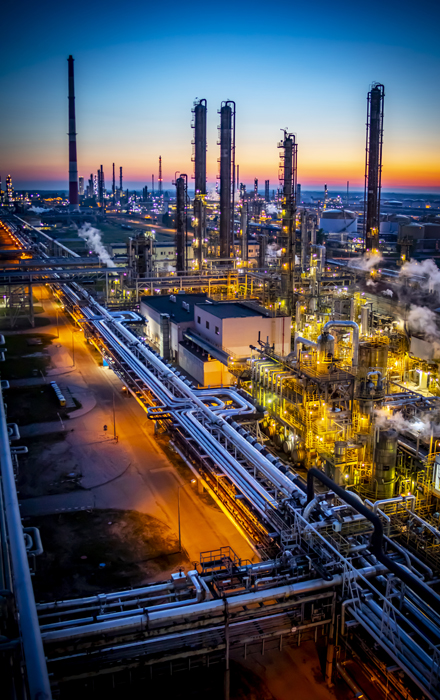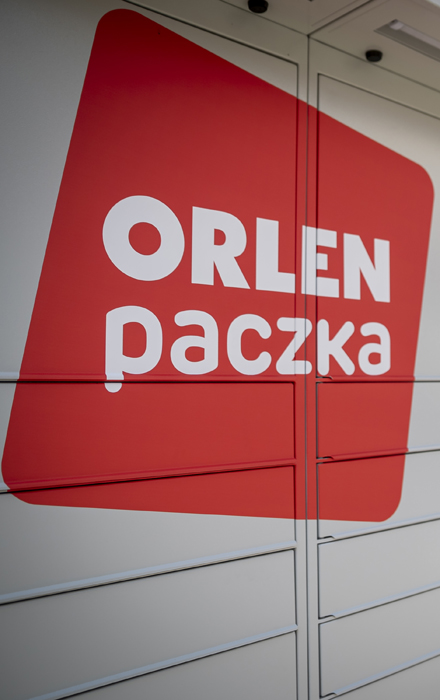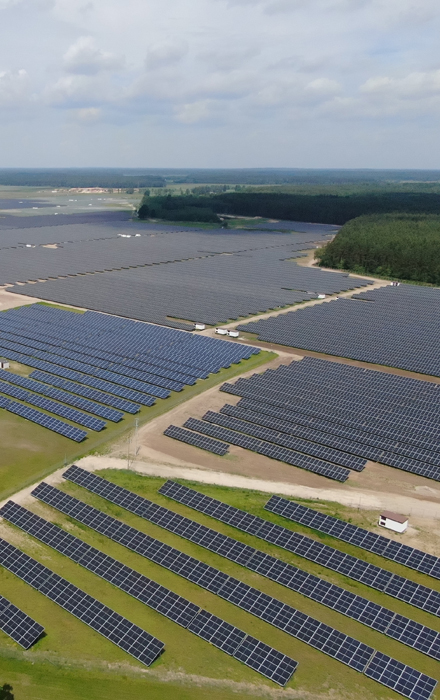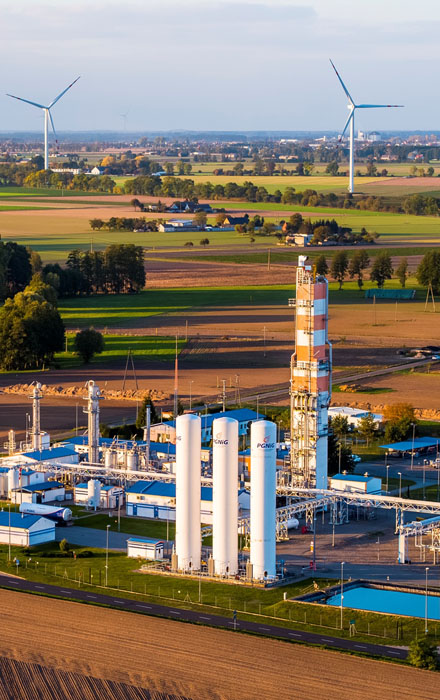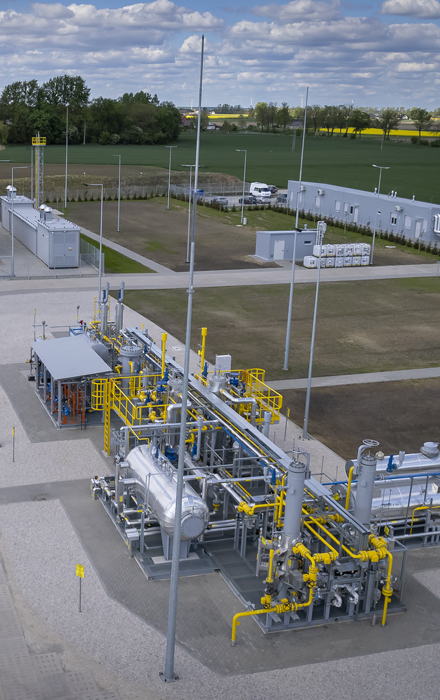The last two years have been marked by significant changes and challenges – both for the ORLEN Group and the fuel and energy market. After four years of hard work, we have finally completed the mergers with the Energa Group, Grupa Lotos, and the PGNIG Group. These integrations create new opportunities for development. The most significant of them is the opportunityto to support the energy transformation by coordinating a broad range of assets and leveraging the investment power to undertake large-scale projects. Additionally, the integration of the entire oil and gas value chain in Poland will increase efficiency and streamline operations. Poland's failure to create a large player with international impact placed it behind other countries, which had done so 10 to 15 years earlier. We recognized the need to catch up with other countries, to prepare for the challenges of energy transformation. This can be achieved more effectively by a large player that integrates energy from multiple sources.
Energy transition is accelerating due to the intersection of technological advancements, changing societal attitudes, and new regulatory frameworks such as Fit for 55, REPowerEU, and RED3. In addition, some processes, such as the electrification of industry, are being further accelerated by the ongoing commodity crisis. At the same time, significant changes have been observed in the energy and fuel markets. On one hand, long-term trends are solidifying, as the inevitability of the energy transition is no longer a matter of debate. The question now is when it will happen, rather than if it will happen. Newincentives for energy transition are also emerging, driven by regulatory frameworks such as Fit for 55, REPowerEU, and RED III, as well as the EU's expanded taxonomy. In addition, rising emission allowance (EUA) prices and the availability of new funding sources, such as European funds and ESG, arecontributing to the transition.

